This Nitecore T4K was provided by Nitecore for review.
Concept
I find it useful when evaluating everyday carry gear to consider whether it's a tool, toy, decoration, or collectible. Most flashlights I review are unambiguously tools. The T4K is primarily a toy. That's not a comment on its quality, but that its main distinguishing characteristic is a 4000 lumen burst mode that lasts 10 seconds. The T4K is for showing off to friends and bringing joy to the user more than it is for providing practical illumination for some task.
Flashlights with significant toy elements such as the Emisar D4 and Lumintop FW3A have been very popular with the enthusiast community, but the T4K has a non-removable battery and a regular price of $90. It also lacks the selection of LEDs offered in enthusiast lights. The market for the T4K is therefore people who want an impressive toy flashlight, but aren't flashlight enthusiasts, and aren't especially price-sensitive.
Design
Nitecore calls the T4K a keychain light. I don't like anything on my keychain that doesn't absolutely have to be there, so I'm not the best at evaluating that claim, but the T4K is considerably larger than most keychain lights. I suspect most people will prefer to carry it with the pocket clip, which carries near flush, and is oriented bezel-up for potential hat mounting. A quick-release keyring mount is located on the tail of the light.
The T4K's rectangular shape is unusual for a smaller flashlight, but similar to the Nitecore Tip series, and the larger TM10K. In thinner lights like the Tip, it allows a larger battery capacity than a cylindrical light with similar pocket comfort, but that isn't really the case here. The T4K is similar in size to an Emisar D4 with an 18350 tube, but an 18350 battery holds more energy than the T4K's internal pouch cell.
The body is constructed of metal, and a significant amount of the underside is dedicated to heatsinking. The sandwich construction makes for a lightweight package with no wasted space, but would be difficult to waterproof, and indeed advertises only splash resistance. The plastic optic does not have a glass cover to protect against scratches.
Two switches should allow most people to figure out basic operation without reading any documentation, and the UI offers shortcuts and additional features to those who do read the manual.
Execution
The T4K does what it sets out to do with no surprises. There's no overheating in the normal modes, or with a single 10 second use of turbo; there are no machining or fit problems; there's no PWM; Efficiency in modes other than the highest is competitive with other premium brands. Most notable is that the USB-C charging works with all USB power supplies and cables I tried, while many flashlights on the market with USB-C ports have limited compatibility.
Conclusion
The T4K is an impractical toy light with a high price tag and few of the features that attract hobbyists. I imagine it having a fairly narrow audience, but for those who do like its features, it doesn't come with any unpleasant surprises.
Specifications
| Spec | - |
|---|---|
| Battery | Internal |
| LED | Cree XP-L2 cool white (X4) |
| Color temperature | 6148K |
| Color rendering index | 70.8 |
| Max output | ~4000 lm (for 10 seconds, advertised) |
| Max throw | 209m (for 10 seconds, advertised) |
| Sustainable throw | 45m (advertised) |
| Max sustainable output | 200 lm (advertised) |
| Max output at 50% battery | 200lm (advertised) |
| Best efficiency | - |
| Candela per lumen | 2.6 (advertised) |
| Length | 82.3 mm |
| Head diameter | 29.2 mm |
| Weight | 77 g |
| Environment protection | IP54 |
| Charging | USB-C |
| Power from charge port | Yes |
| Power from charge port without battery | n/a |
| Low Voltage Protection (LVP) | Yes |
| Lockout | Electronic |
| Rating | ★★★☆☆ (conditionally recommended) |
Highlights
- Huge burst output
- Compliant USB-C
- Voltage display on screen
- Runtime display on screen
Lowlights
- Cool white, low-CRI
- Low sustainable throw
- Non-removable battery
- Not waterproof
Details and technical analysis
Versions
There's only one version of the T4K.
Accessories
The T4K comes with a USB A->C cable.
Modes and user interface
| State | Action | Result |
|---|---|---|
| Off | Press power button | Last used |
| On | Press power button | Off |
| On | Press mode button | Cycle modes (except Turbo) |
| On/off/lockout-1 | Hold mode button | Turbo (momentary, max 10 seconds) |
| Off | Hold power button | Ultralow |
| Off | Press mode button | Voltage check |
| On | Hold power button | Lockout-1 |
| On | Hold power button longer | Lockout-2 |
| Lockout | Press power button, release, then hold | Last used |
The difference between lockout-1 and lockout-2 is that momentary turbo is still available in lockout-1. A demo mode in which the light turns off after 30 seconds is available; to toggle between demo and standard "daily" mode, hold both buttons for two seconds.
Output, runtime, and efficiency
The T4K is so floody that I am not able to measure its output in a way that I'm satisfied with the accuracy. My measurements were significantly higher than advertised due to light hitting the sensor, but based on my experience and comparison with other lights, I'm satisfied Nitecore's advertised numbers are reasonably accurate.
The integrated battery design also made measuring standby power consumption impractical. I've read reports that some examples of the T4K drain the battery excessively in standby, but my example did not have significant voltage loss in a month of non-use.
| Mode | Advertised lumens | Advertised throw | Time to 80% | Time to 50% | Time to 10% |
|---|---|---|---|---|---|
| Ultralow | 1 | 3m | - | - | |
| Low | 15 | 13m | - | - | 21 hours (advertised) |
| Mid | 65 | 24m | 8.2 hours | 8.2 hours | 8.2 hours |
| High | 200 | 45m | 101 minutes | 101 minutes | 101 minutes |
| Turbo | 4000 | 209m | 10 seconds | 10 seconds | 10 seconds |
Light quality
Reading taken from the center spot diffused with DC Fix diffusion film using an X-rite i1Pro spectrophotometer.
| Color Temperature | Tint Duv | CRI | CRI R9 (deep red) | CRI R12 (deep blue) |
|---|---|---|---|---|
| 6148K | 0.002800 (moderate green) | 70.8 | -34.9 | 41.5 |
Beamshots
T4K vs Zebralight SC64c LE (LH351D 4000K)
T4K vs Armytek Wizard Pro Nichia (144A 4500K)
Max vs sustainable
Batteries and charging
The T4K uses a built-in pouch cell with a claimed capacity of 1000 mAh. That's comparable to a 14500 cell, or a bit less than an 18350. Charging is via a USB-C port, and it is compatible with C->C cables. A full charge takes about 80 minutes.
Modification potential
The T4K is held together with eight Torx T3 screws, and two small Phillips screws that attach the clip. Removing the MCPCB for an emitter swap is not terribly difficult, though it's unusually thick and will take more heat to reflow than most. Most 3V, 3535 form factor LEDs should work, though I suspect max output would be too much for the popular and beautiful Nichia 219B.
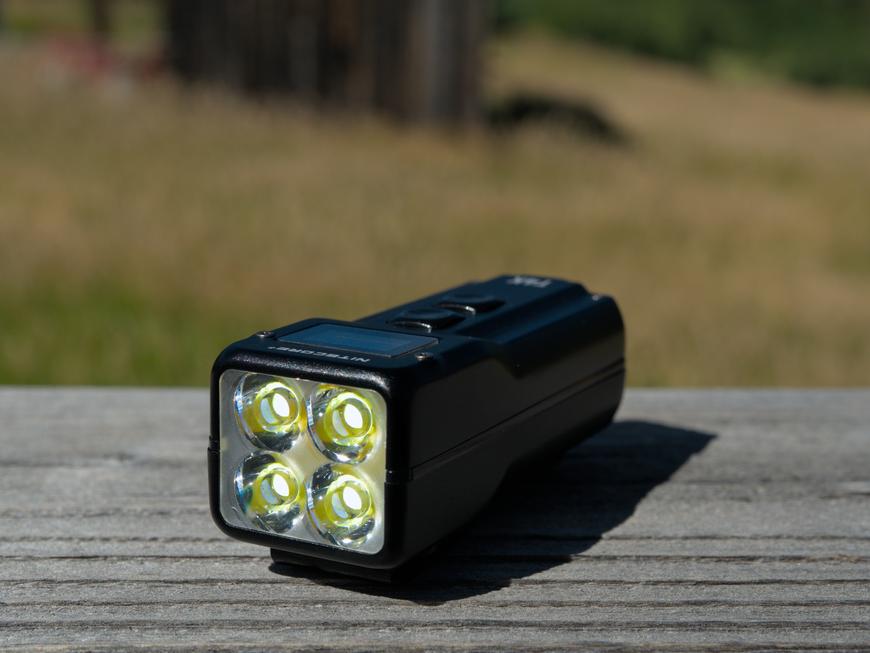
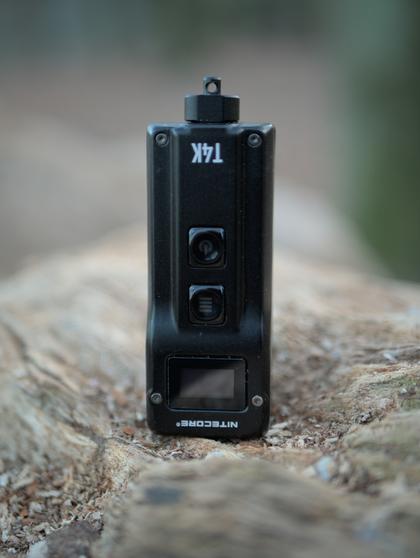
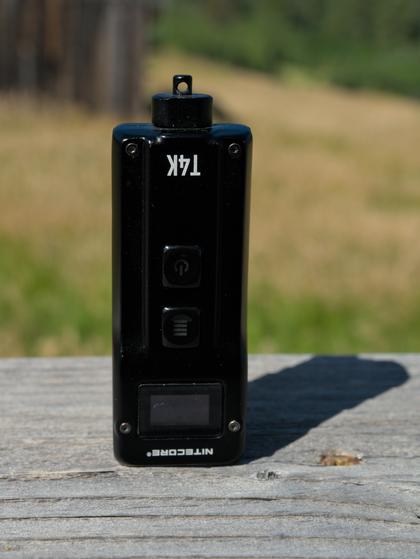
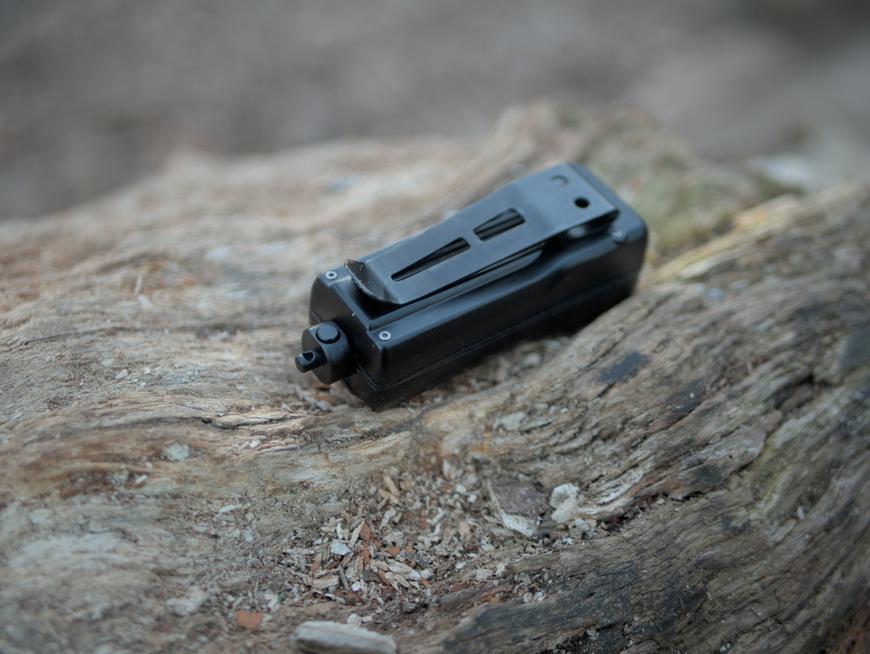
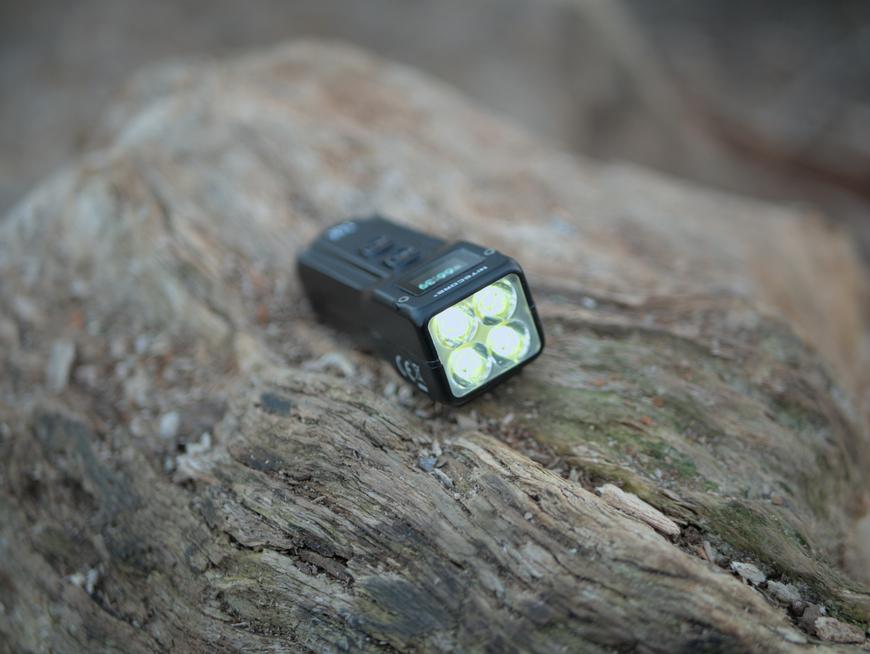
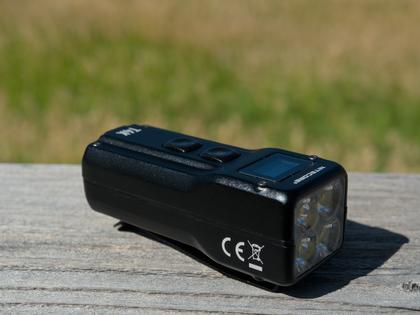
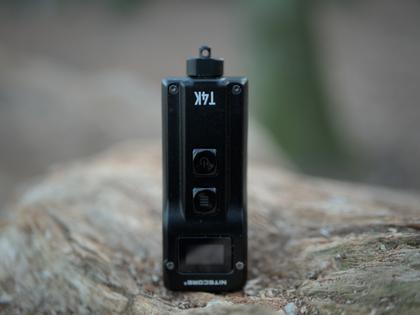
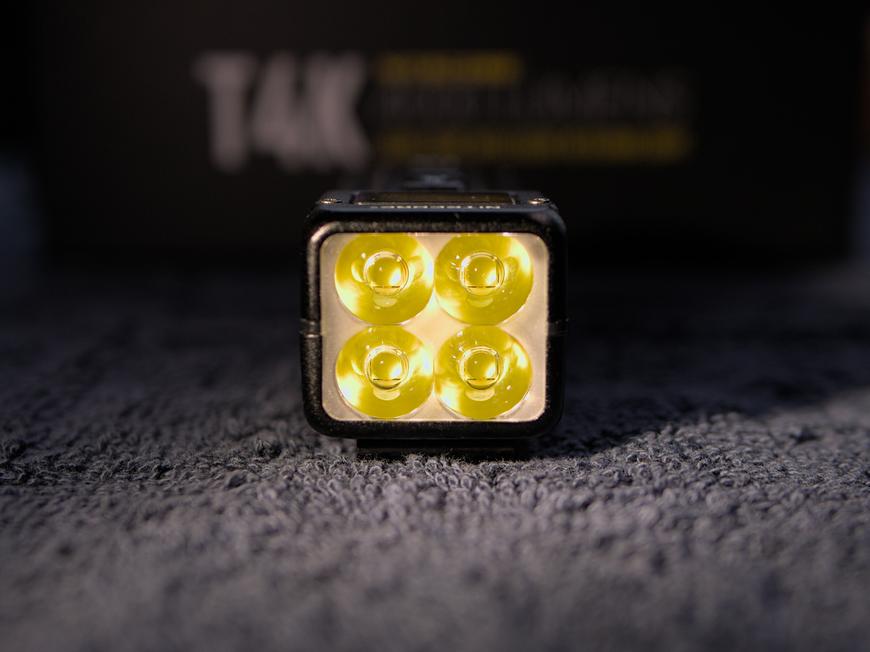

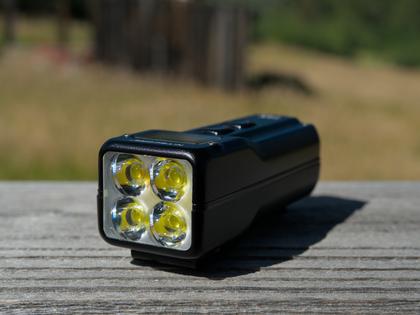






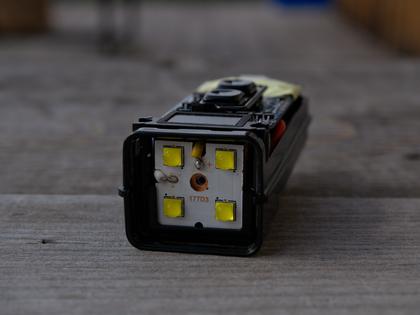
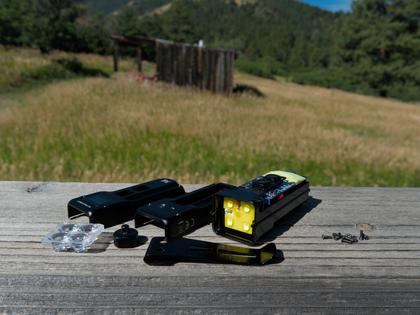
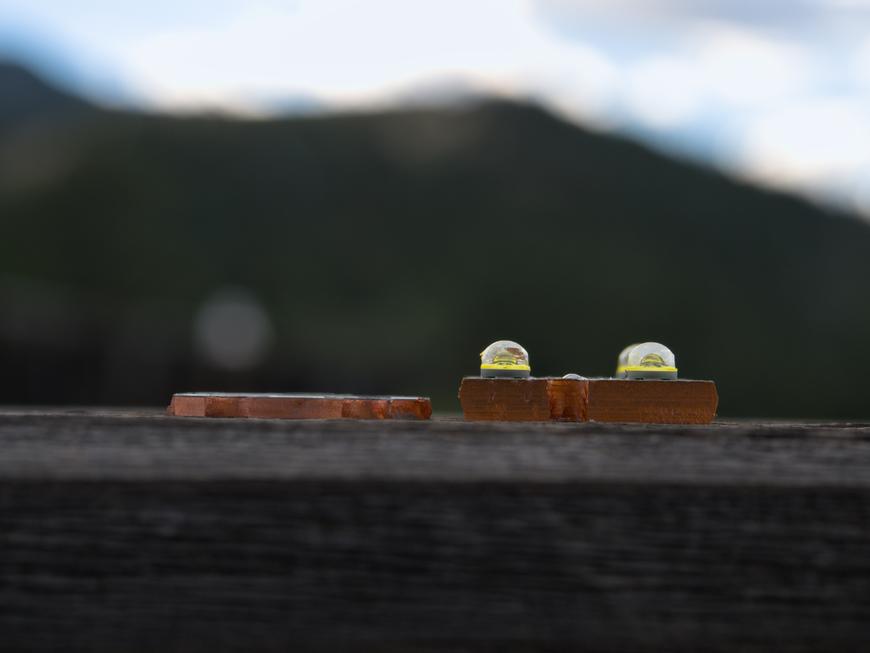
Comments
You can use your Mastodon account to reply to this
Reply
Loading...